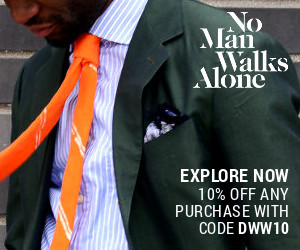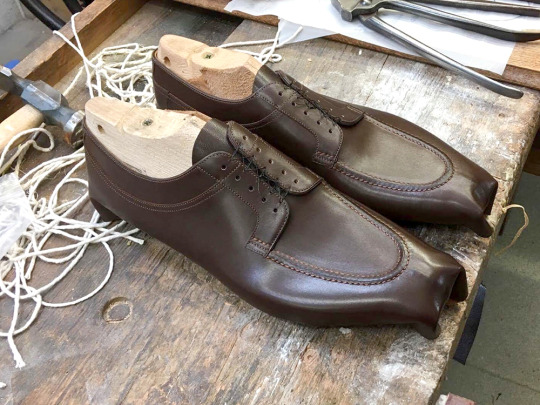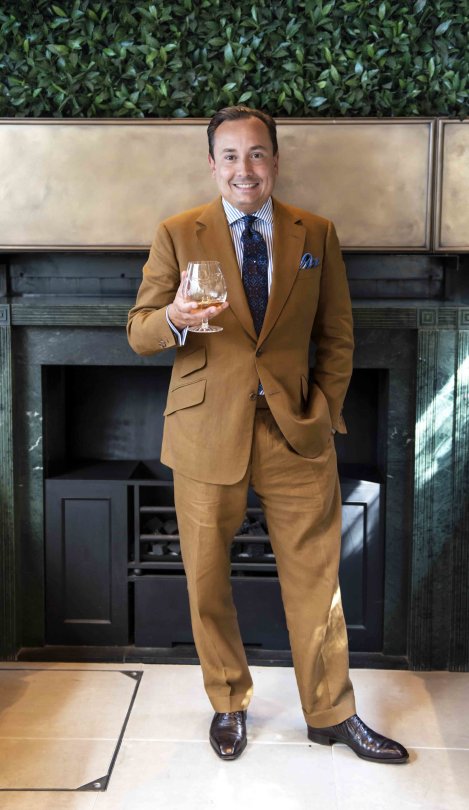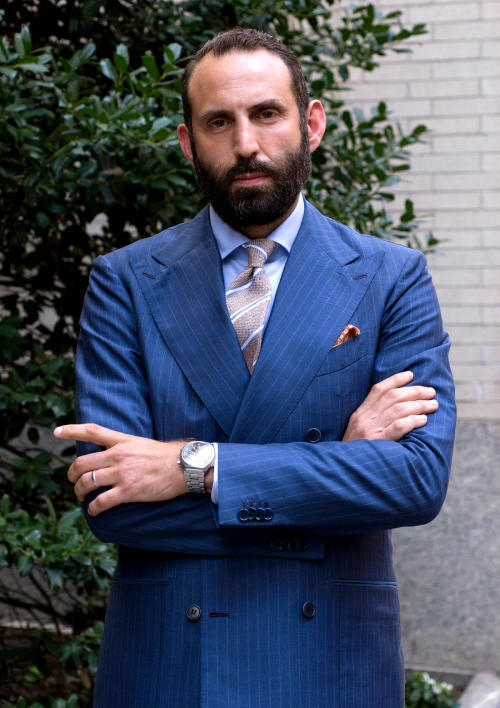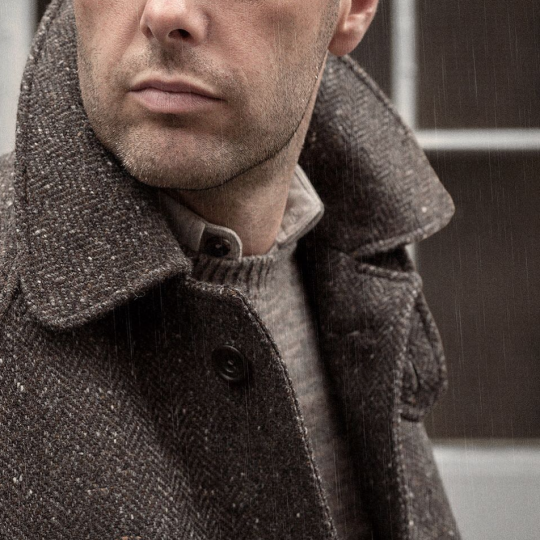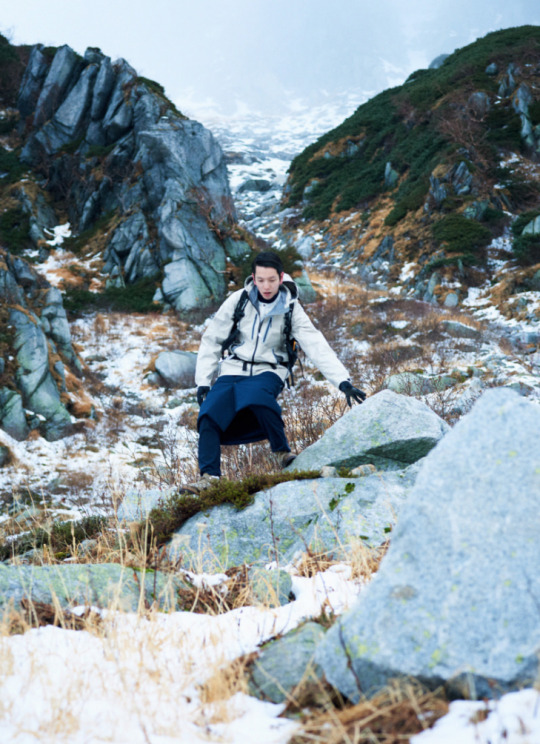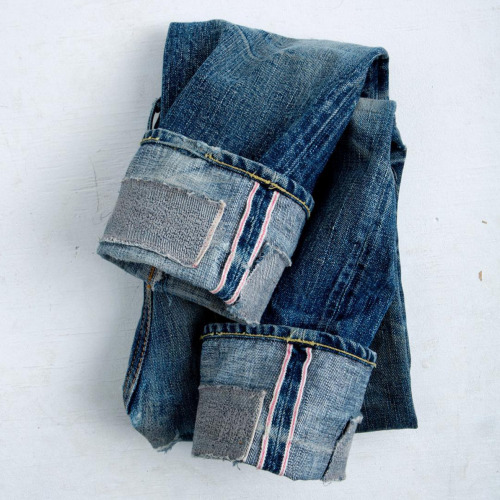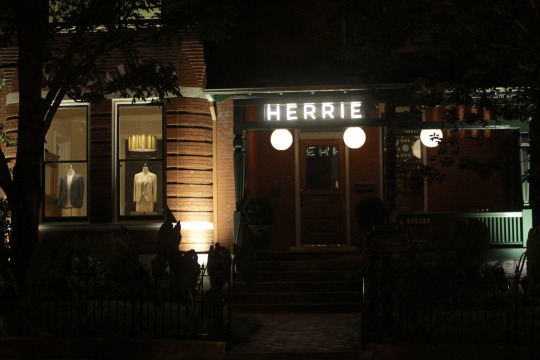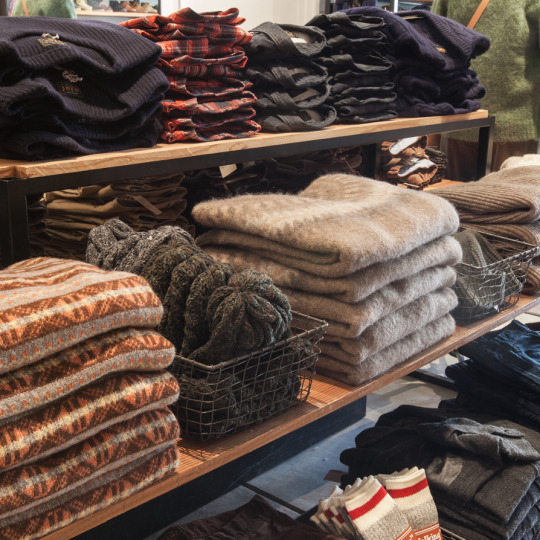
I suppose one of the advantages of fall weather coming late is you get to take advantage of sales right when you actually want to wear heavy coats and knitwear. Today, Unionmade started their mid-season promotion. You can take 20% off almost anything with the checkout code FINALLYFALL. The only exclusions I see are Aldens, Il Bisonte, Birkenstock, and already marked-down items.
The discount isn’t that deep, but it looks like the store has loosened their return policy. Mid-season sale purchases can now be returned, whereas Unionmade typically runs their end-of-season promotions on a final sale basis. That makes it a bit safer to take a chance on something. Some notable items I found:
- Levi’s Vintage Clothing: Levi’s Vintage Clothing recycles designs from the company’s expansive archive. I particularly like this hardy, loosely woven, red plaid shirt, which looks like it would layer well under rugged jackets. Their straight-legged 1947 501s are also great. The cut is slim, but forgiving, with a mid-rise that works with everything from sport coats to casualwear.
- Kapital: This Japanese brand reworks folk clothing from around the world, producing things in odd fits and heavily patched up materials. I love their Ring Coat, for example, which is something like a love child between a Japanese kimono and an American army jacket. It’s oversized and enveloping, and will make you feel a bit cozier on a cold winter day.
- Chimala: Subtler than Kapital, but more detailed than LVC, Chimala makes vintage-inspired workwear that looks like it’s been pulled out of the best thrift stores. Their chambray is one of my favorite casual button-ups. I also like this season’s canvas hunting coat, even if it’s clearly designed to only help you hunt for compliments.
- Eidos: One of the easiest casualwear brands to wear. The designer behind the label, Antonio, is particularly good at making overcoats and knitwear, which can be paired with anything from jeans to tailored trousers. This season, they also have an indigo-dyed double rider, which was manufactured for them by leather jacket specialist Vanson.
- Studio Nicholson: Maybe the most contemporary brand at Unionmade, this one veers towards minimalism and modernism, rather than workwear. Studio Nicholson is a celebrated womenswear brand that recently started making men’s clothing. I particularly like their oversized topcoats.
- Knitwear, Knitwear, Knitwear: Finally, there are a ton of great sweaters on discount. See Howlin’ by Morrison’s Donegal crewnecks, Tomorrowland’s zig-zag alpacas, and John Sterner’s turtlenecks. The last one is a new brand by the man who founded Sutterheim. Some of the knits in there are insanely priced, but the simpler Lithuanian-made sweaters are more affordable. Well, at least with this mid-season promotion.
For more discounts, you can check out Unionmade’s sale section. Just note those are final sale and the code doesn’t stack.
Keep reading


